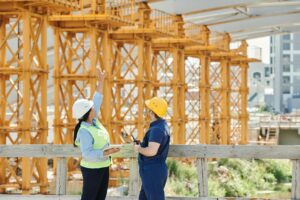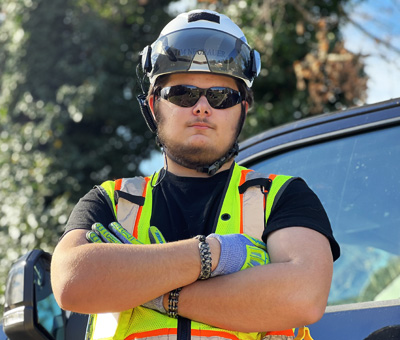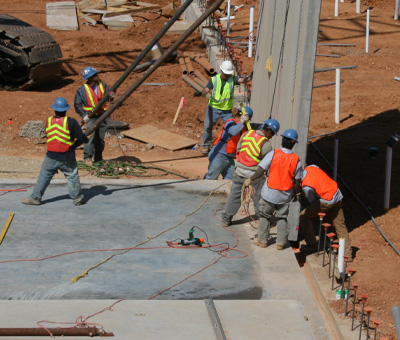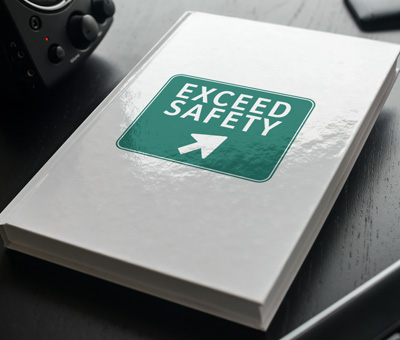Choosing the most effective method for managing traffic flow through construction zones is a critical safety decision. This choice often boils down to two main options: employing flaggers or utilizing automated lights. While both strategies aim to ensure safe passage for vehicles, they offer distinct benefits and challenges.
Human Touch vs. Technological Precision
At the heart of construction zone traffic management lies the choice between human intuition and technological efficiency. Flaggers play a pivotal role, stationed at strategic points to guide vehicles with signals for stopping, slowing, or proceeding with caution. Their presence adds a layer of human judgment and flexibility, allowing for real-time adjustments based on immediate traffic conditions and cues from the construction crew. The key advantages of flaggers include their visibility, presence, and the ability to communicate directly with drivers and construction personnel, offering a personalized approach to traffic control.
Conversely, automated traffic lights remove the need for human presence, addressing safety concerns for workers in potentially hazardous conditions. Equipped with sensors and timers, these systems offer a standardized and predictable method for traffic management, operating around the clock without fatigue. The primary benefits of automated lights include their consistency, the ability to function 24/7, remote monitoring capabilities, and overall efficiency in controlling the flow of vehicles through work areas.
Factors Influencing the Decision
The decision between flaggers and automated lights involves a thorough evaluation of several key factors:
- Site Layout: The decision-making process must consider the construction site’s size, complexity, and layout. Factors such as traffic volume, speed limits, and environmental conditions also play a crucial role in determining the most suitable traffic control method.
- Cost and Resources: Both the initial investment and ongoing maintenance costs of the chosen traffic management solution must be weighed against the available budget and resources.
- Stakeholder Input: Gathering insights from construction crews, traffic engineers, local authorities, and the community ensures that the selected approach aligns with both project objectives and public needs.
Making an Informed Choice
Selecting the right traffic control method is a nuanced decision that hinges on a comprehensive assessment of site-specific conditions, safety requirements, cost considerations, and stakeholder perspectives. By prioritizing safety and carefully weighing the advantages and limitations of each option, construction projects can navigate the challenges of traffic management effectively. This careful deliberation ensures not only the safety of workers and motorists but also minimizes disruptions, promoting a smooth and efficient construction process.
Ultimately, the choice between flaggers and automated lights is more than a matter of preference—it’s a strategic decision that affects the safety and efficiency of construction projects. Through thoughtful consideration of the unique aspects of each project, stakeholders can make informed decisions that best serve their specific needs, ensuring the safety and well-being of all involved.
Why You NEED A Fall Protection Policy: Staying Safe Up High
Working at heights is a hazardous reality many in the construction industry face daily. Falls from heights continue to be one of the leading causes of fatalities and injuries in this field. Protecting workers from falls is of the utmost importance on a construction site and creating and implementing the right fall protection policy is…
Continue Reading Why You NEED A Fall Protection Policy: Staying Safe Up High
Noise Awareness: Protect Your Hearing in Loud Environments
How often do you think about your hearing? If you work in a noisy environment, like a construction site or manufacturing plant, protecting your hearing should be top of mind. The constant clang of machines and equipment takes a toll on hearing health and it’s imperative you take steps to protect it. Read on to learn more…
Continue Reading Noise Awareness: Protect Your Hearing in Loud Environments
Safety Protocols for Solar Eclipses on Construction Sites
Solar eclipses, those awe-inspiring celestial events, have fascinated humans for centuries. As we’ve evolved from building pyramids to erecting skyscrapers, the need to ensure safety during such phenomena, especially on construction sites, has become increasingly important. Solar eclipses pose unique challenges, the most significant being the risk of solar retinopathy from direct sun observation. This…
Continue Reading Safety Protocols for Solar Eclipses on Construction Sites












